Start date February 19, 1941 | ||
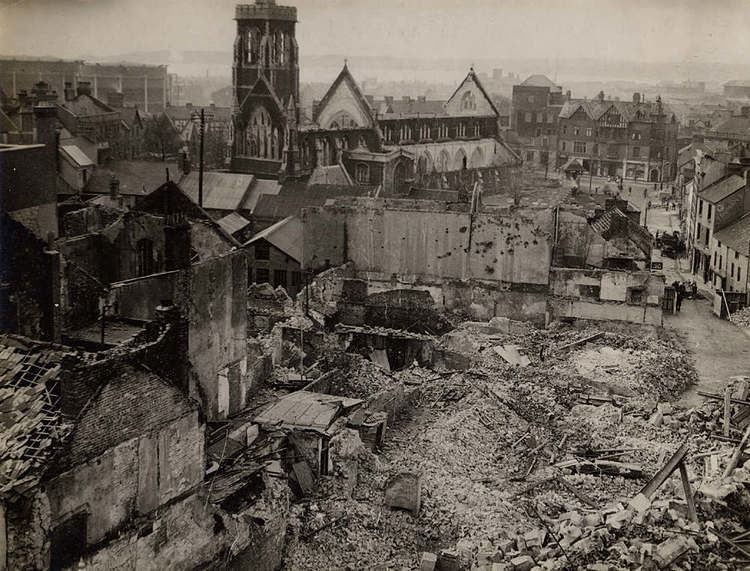 | ||
World war 2 my son s ww ii school project swansea blitz
The Swansea Blitz was the heavy and sustained bombing of Swansea by the Luftwaffe of Nazi Germany from 19–21 February 1941. A total of 230 people were killed and 397 were injured. Swansea was selected by the Germans as a legitimate strategic target due to its importance as a port and docks and the oil refinery just beyond and its destruction was key to Nazi German war efforts as part of their strategic bombing campaign aimed at crippling coal export and demoralising civilians and emergency services.
Contents
- World war 2 my son s ww ii school project swansea blitz
- ARP planning
- Bombing raids
- First raid June 1940
- The Three Nights Blitz
- Later bombing
- School bombed
- References
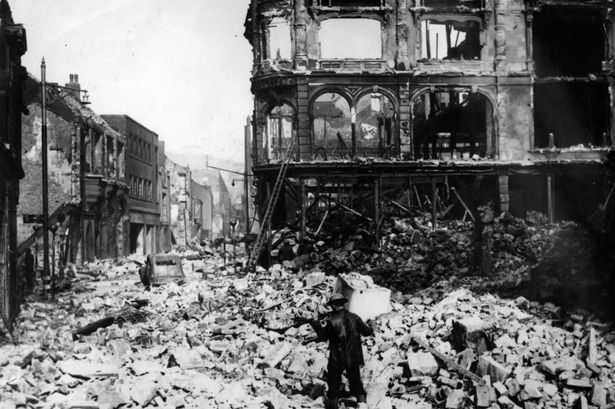
ARP planning
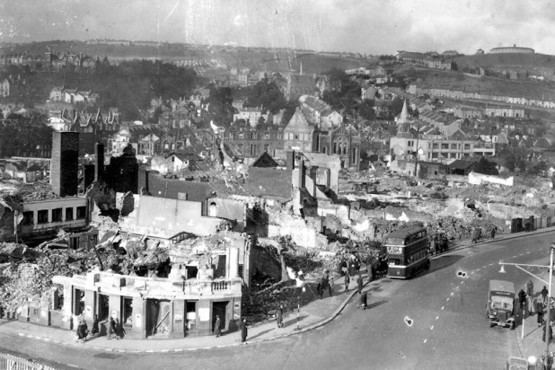
With the passing of the Air Raid Precaution Act of 1937, Swansea Council was responsible for instigating civil defence measures to protect the local population of 167,000 people. The local authority looked in building communal air raid shelters and setting up the necessary rescue and fire services. With the threat of war with Germany growing towards the end of the 1930s, Swansea council had built over 500 communal air raid shelters as well as providing Anderson shelters for domestic premises. With the outbreak of war in September 1939, the pace of providing shelters increased further. To complement the already built communal shelters the council requisitioned cellars and basements as makeshift shelters.
Bombing raids
Between 1940 and 1943 Swansea was the target of 44 raids with 340 killed and thousands more injured.
First raid, June 1940
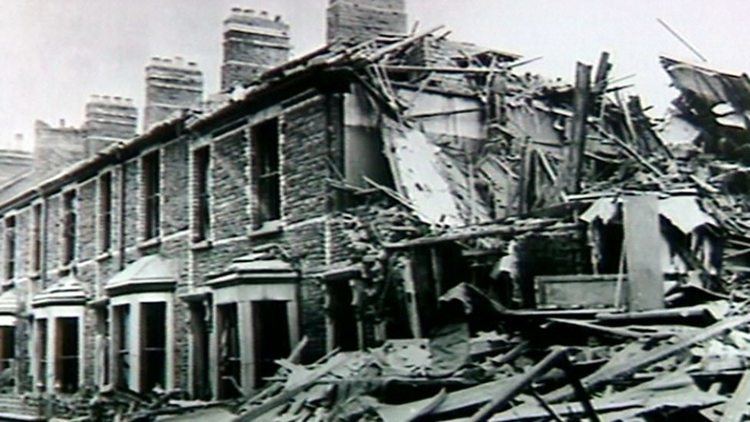
The first air raid on Swansea commences at 3.30 am on 27 June 1940. An initial marker flare was dropped by a Luftwaffe plane and the following bombers dropped high explosives to the east of the city centre in the Danygraig residential area. The raid was relatively light with no casualties reported to the ARP controllers. A number of unexploded bombs were discovered in the Kilvey Hill area and were later made safe.
The Three Nights' Blitz

Through the rest of 1940, Swansea was targeted by single and small groups of enemy bombers. There were several small scale raids in January 1941, but the worst bombing period occurred over three nights on the 19, 20 and 21 February 1942. This period - to become known as the The Three Nights' Blitz - started at 7.30 pm on 19 February. By the time the 'all clear' siren rang three days later major parts of Brynhyfryd, Townhill and Manselton had been destroyed and 230 people were dead and 409 injured - 7,000 people had lost their homes. The city centre suffered direct hits that started major conflagrations destroying many commercial premises included the Ben Evans department store and the Victorian market.
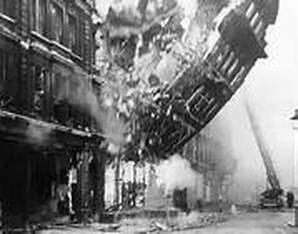
Over the three nights a total of nearly 14 hours of enemy activity had been recorded. 1273 high explosive bombs and 56,000 Incendiary bombs were estimated to have been dropped. An area measuring approximately 41 acres was targeted with 857 properties destroyed, 11,000 damaged. To raise morale following the blitz, the King and Queen as well as the prime minister, Winston Churchill, visited Swansea.
Later bombing
Swansea was the target for several more raids with the last recorded on 16 February 1943.
School bombed

The 17th century grammar school that had stood on Mount Pleasant Hill since 1851 and was the alma mater of Dylan Thomas, Roy Jenkins and Bryan Phillips, took a direct hit and was severely damaged. The science laboratories, gymnasium and workshops survived however and, in keeping with the spirit of the time, teaching was soon resumed for older boys by using rooms in what had been the headmaster's house.
Younger boys were relocated to a nearby vacant 'deaf-and-dumb' school building which had evacuated its pupils to the country. This hurriedly improvised arrangement endured until 1949. The headmaster, J. Gray Morgan, was largely responsible for this effort to avoid disrupted schooling but never received appropriate recognition.
